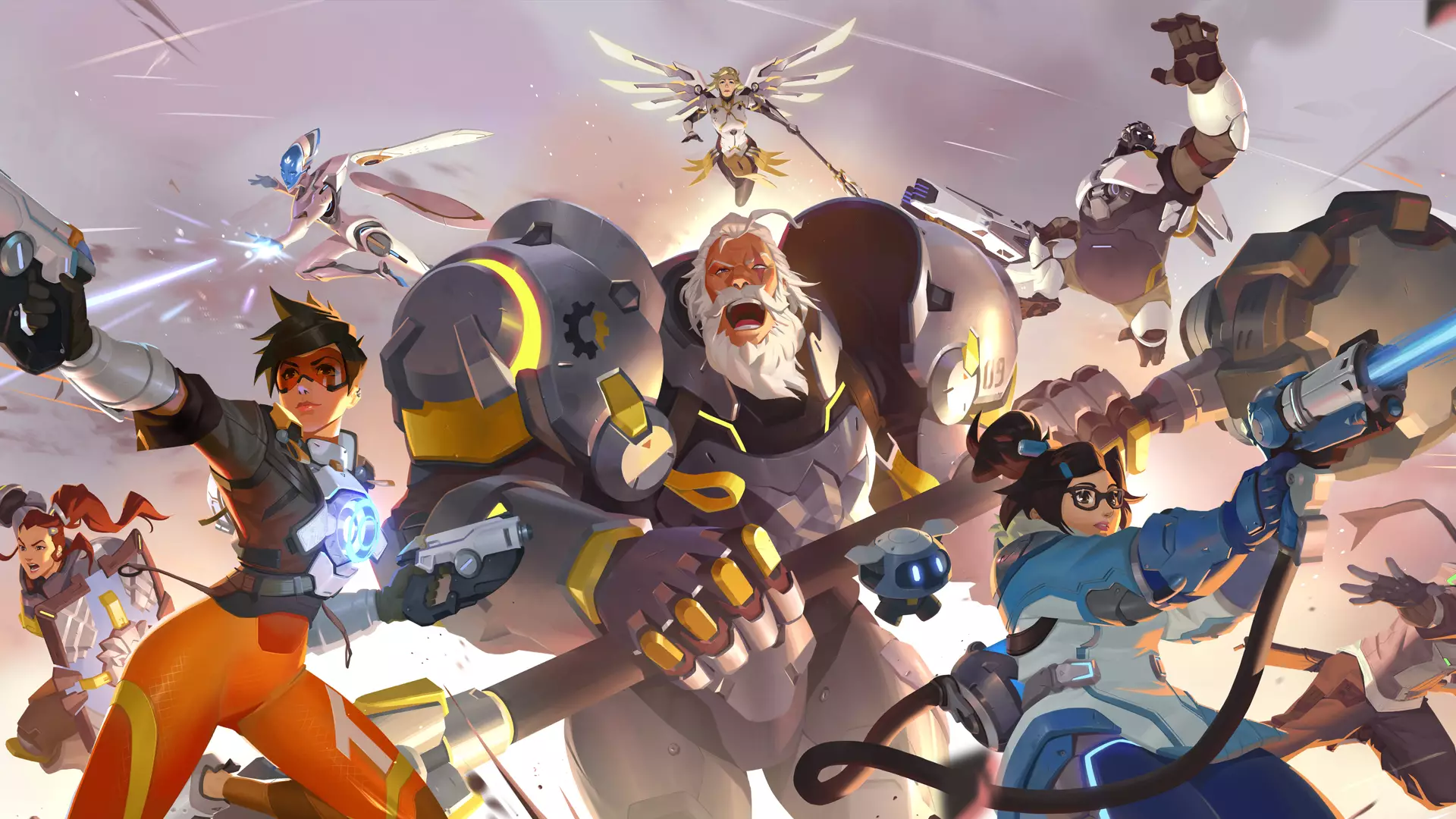Overwatch’s universe isn’t just a collection of heroes and gameplay mechanics; it’s a vibrant, emotionally charged world that once thrived on the artistry of animated storytelling. In the early days, Blizzard masterfully utilized animated shorts—like “Recall,” “Dragons,” and “Alive”—to breathe life into their characters, elevating the game’s lore beyond mere gameplay. These shorts weren’t merely promotional snippets; they were gateways into the heroes’ stories, struggles, and aspirations.
Such storytelling elevated Overwatch into a cultural phenomenon. They created emotional connections between players and characters, making each hero’s backstory feel personal and compelling. This strategy turned the game into a rich universe where every hero could be appreciated not just for their abilities but for their personalities and narratives.
However, this storytelling approach has been noticeably diminished in recent years, especially with Overwatch 2’s release. The scarcity of new animated shorts has left fans feeling disconnected from the deeper lore. This reduction not only impacts the game’s storytelling integrity but also undermines Blizzard’s potential to maintain its universe’s mystique and emotional depth, which could be a turning point in how the franchise is perceived.
Understanding the Decline: Strategic Choices and Unintended Consequences
The decrease in animated shorts wasn’t accidental; it was a consequence of strategic shifts and internal challenges. Blizzard’s initial emphasis on storytelling, through cinematic shorts, was a defining feature of Overwatch’s identity. Yet, the ambitious promise of Overwatch 2—specifically the planned cooperative campaign—faced significant hurdles.
The core issue was the complexity of executing a cohesive, large-scale PvE story mode. Blizzard’s team envisioned an expansive narrative experience, but technical hurdles, resource constraints, and shifting priorities ultimately led to its cancellation. This marked a turning point: a reset that sidelined many storytelling initiatives that defined the franchise’s early success.
This pivot toward gameplay over narrative left a void in Overwatch’s universe, which now struggles with consistency and depth. Fans crave storytelling that complements gameplay; without it, the game risks becoming a mere collection of characters rather than an evolving universe that grows with its community.
Why Reviving Narrative Focus Is Crucial for Overwatch’s Future
Blizzard’s acknowledgment of the storytelling gap indicates a recognition that narrative is vital for the franchise’s vibrancy. Animated shorts are more than mere entertainment—they are strategic tools to deepen player engagement and reinforce the game’s universe.
A comeback of high-quality animated content could function as a catalyst for renewed interest and emotional investment. These shorts can act as storytelling bridges, revealing new facets of heroes or advancing overarching plots that enhance gameplay experiences. They also serve as a marketing device, reigniting buzz around the franchise during lulls in content updates.
Moreover, storytelling through animation transcends in-game limitations, offering a visual language capable of tackling complex themes and nuanced character development. This approach humanizes heroes, making their stories resonate in a way gameplay alone often cannot emulate.
Reinstating animation as a core piece of Overwatch’s content strategy is not just about aesthetics; it’s about reclaiming the franchise’s storytelling soul. Without vibrant narrative content, Blizzard risks diluting Overwatch’s identity, potentially sacrificing the emotional bonds that have made it a beloved icon.
A Future Where Overwatch Reclaims Its Narrative Dominance
The discourse makes it clear that Blizzard recognizes the importance of storytelling to overall success. Their openness to future animated shorts and even a potential television adaptation signals a desire to return to their roots.
Such initiatives could provide the franchise with new growth avenues, attracting viewers outside traditional gaming circles. If executed with the same passion and quality that characterized early shorts, a dedicated animated series could elevate Overwatch into a multimedia phenomenon akin to Marvel or DC universes.
Yet, with great potential comes great responsibility. Blizzard must prioritize storytelling quality, ensuring these projects are compelling, character-driven, and true to the universe’s spirit. The stakes are high; invested fans expect more than just spectacle—they want meaningful stories that deepen their connection to Overwatch.
Animation and narrative are not optional assets for Overwatch—they are essential ingredients that define its cultural relevance and longevity. To truly hit its stride again, Blizzard needs to harness the storytelling power that made Overwatch a household name in the first place, transforming it from a popular shooter into an enduring legacy of heroism, heart, and hero’s journeys.

